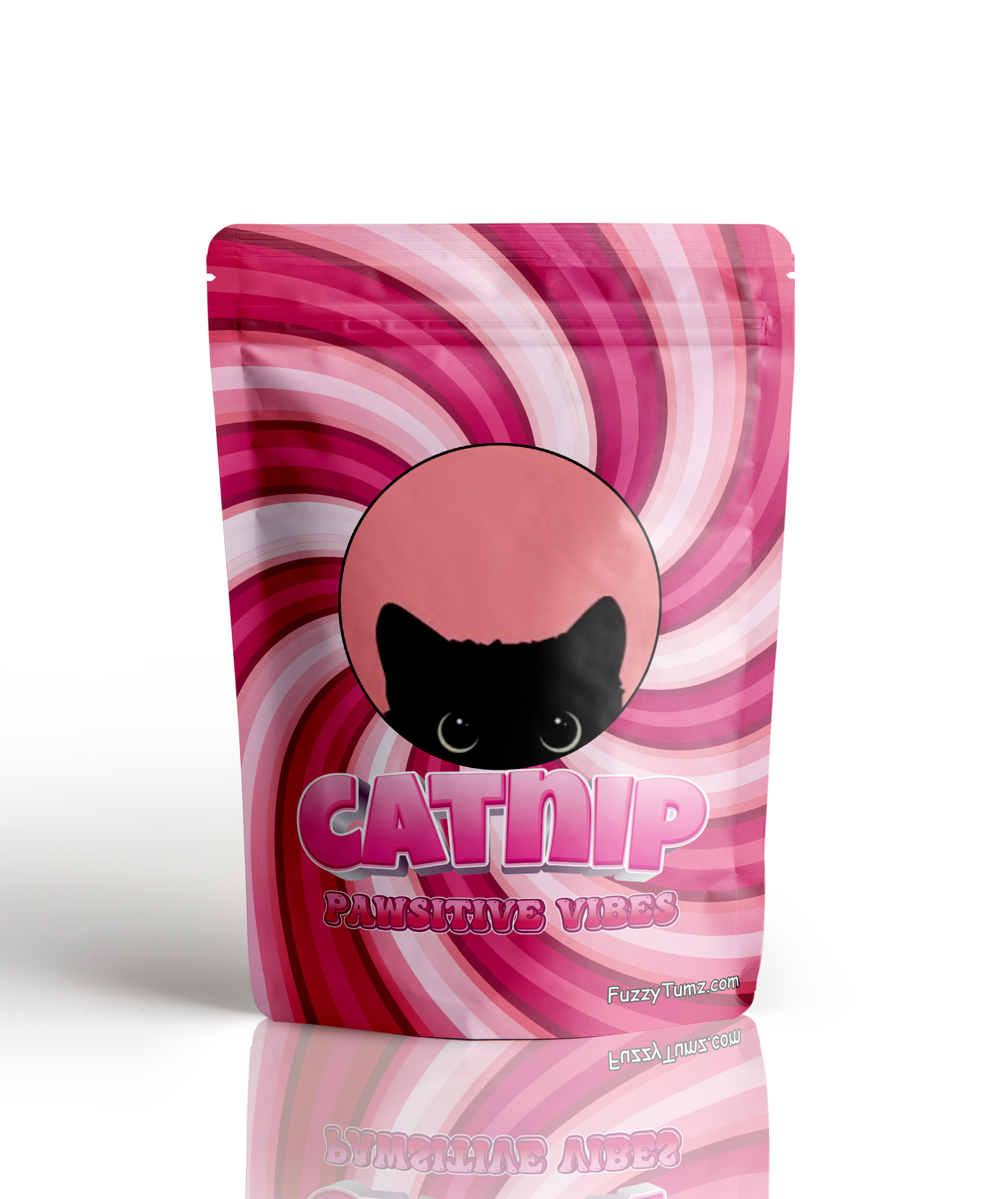Home » Cat Plants » Does the Grass Palm Plant Pose a Threat to Cats?

The grass palm, also known as giant dracaena or palm lily, is a plant that can be toxic to cats if ingested. While not an allergy, the saponins found in grass palm can cause poisoning in felines.
This ornamental evergreen is commonly grown in warm climates and used in garden and household planters.
Ingestion may cause mild gastrointestinal upset, but is generally not life-threatening.
Ingestion can result in mild symptoms like vomiting, diarrhea, or drooling. Rarely fatal but may require veterinary care.
Eating these plants can lead to more pronounced symptoms like abdominal pain, lethargy, or difficulty breathing. Veterinary intervention may be necessary.
Ingesting even small amounts can cause severe symptoms like organ damage, seizures, or cardiac failure without rapid treatment.
All parts of these plants are extremely poisonous to cats and can quickly lead to death, even with immediate veterinary care.
** Please note: Please note that toxicity level can vary based on the amount ingested and the specific cat. It's always best to keep these plants completely inaccessible to cats and seek immediate veterinary care or call the poison hotline if you suspect your cat has ingested any part of a toxic plant.
If a cat ingests grass palm, they may experience various symptoms due to the toxic saponins present in the plant. These symptoms can include:
If you suspect your cat has ingested grass palm, it is essential to seek veterinary care immediately. Your veterinarian will likely perform the following steps to diagnose grass palm poisoning:

A: Yes, Grass Palm is toxic to cats. Ingesting this plant can cause symptoms like vomiting, drooling, and lack of coordination.
A: Symptoms of Grass Palm poisoning in cats include vomiting, drooling, and lethargy. Cats may also experience loss of coordination and depression.
A: If your cat has ingested Grass Palm, seek immediate veterinary care. Treatment typically involves supportive care to manage symptoms and prevent dehydration.
A: Yes, other plants like Sago Palm and Yucca are also toxic to cats. It’s important to keep these and other harmful plants out of reach of your pets.
A: To prevent your cat from eating Grass Palm, place the plant in an area inaccessible to your cat or opt for non-toxic plants. Providing alternative chew toys and engaging activities can also help deter your cat from chewing on houseplants.
A: If your cat shows signs of poisoning after eating Grass Palm, contact your veterinarian immediately. Prompt treatment is crucial to alleviate symptoms and prevent serious health complications.
The grass palm, scientifically known as Cordyline australis, is native to New Zealand. This evergreen plant can grow up to 20 feet tall and is characterized by its long, grass-like foliage and cream-colored flowers. In addition to its ornamental uses, the grass palm has been used for medicinal purposes in the past.
Please note: The information shared in this post is for informational purposes only and should not be considered as veterinary medical advice.
